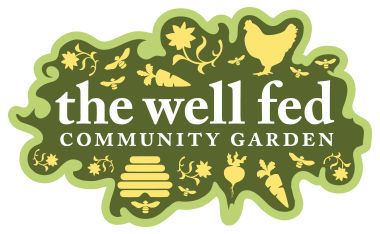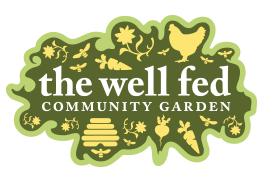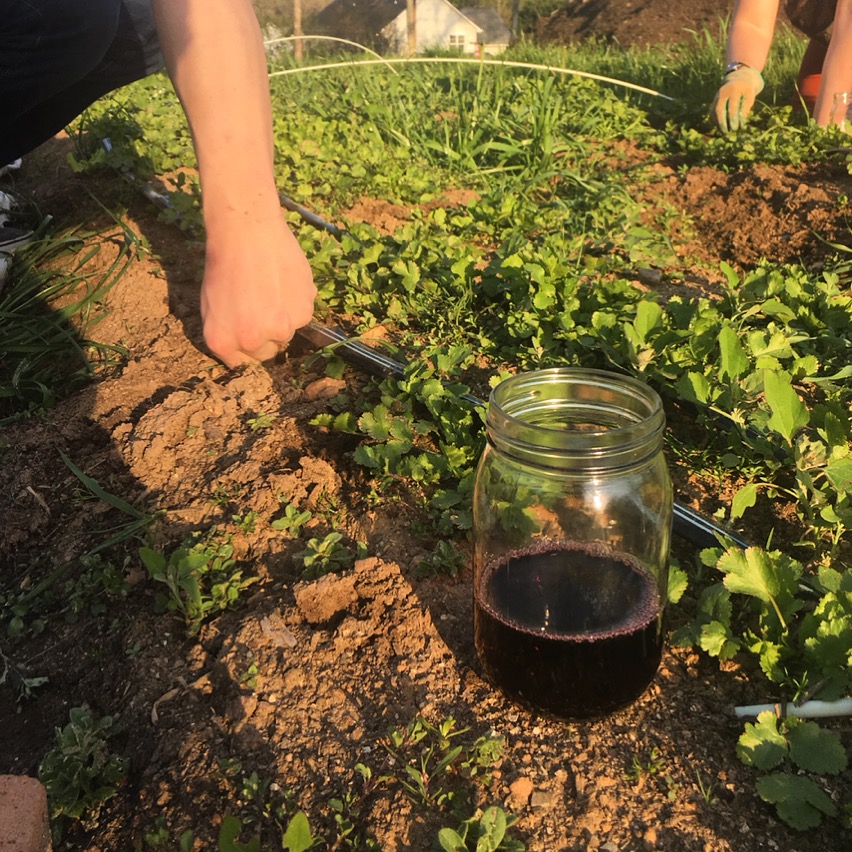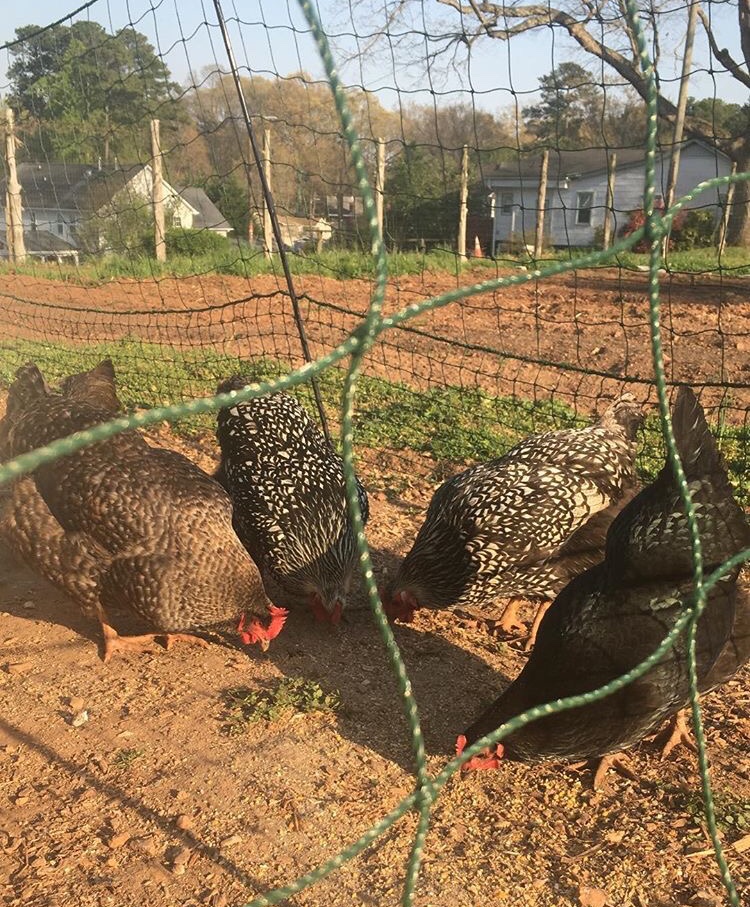14 May Lettuce, Lettuce, Lettuce
Written by Morgan Malone
This spring, the Well Fed Garden has been all about greens. We have microgreens, salad greens, and even purple greens! By far the most abundant green is our salad greens. We harvest 40 lbs a week of these tasty greens during the peak season.
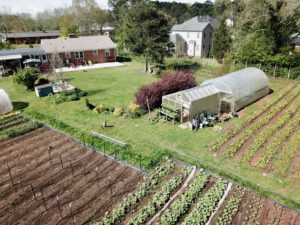
A bird’s eye view of our lettuce fields this spring
During the spring and fall, peak lettuce season, all of the salads you eat at Irregardless Cafe are coming straight from our garden. All of the extra greens go to either our wonderful volunteers or we donate to Urban Ministries.
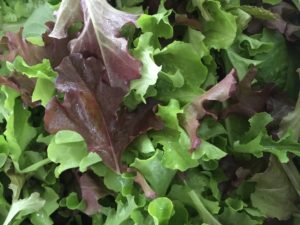
Salad greens mix
This yummy mix of greens includes green oakleaf, red oakleaf, green romaine, red romaine, lollo rossa, and red leaf lettuces. This combination of salad greens provides a complex texture, taste, and nutrient content that everyone will love!
Every variety of green in this mix has unique health benefits that work together to make a balanced mix of healthy and yummy goodness.
In a study published in the June 2008 issue of Food Chemistry, red oak leaf and lollo rossa had the highest antioxidant activity among the tested varieties. These deep red colored leaves are also rich in carotenoids which your body converts into Vitamin A and promotes eye health.
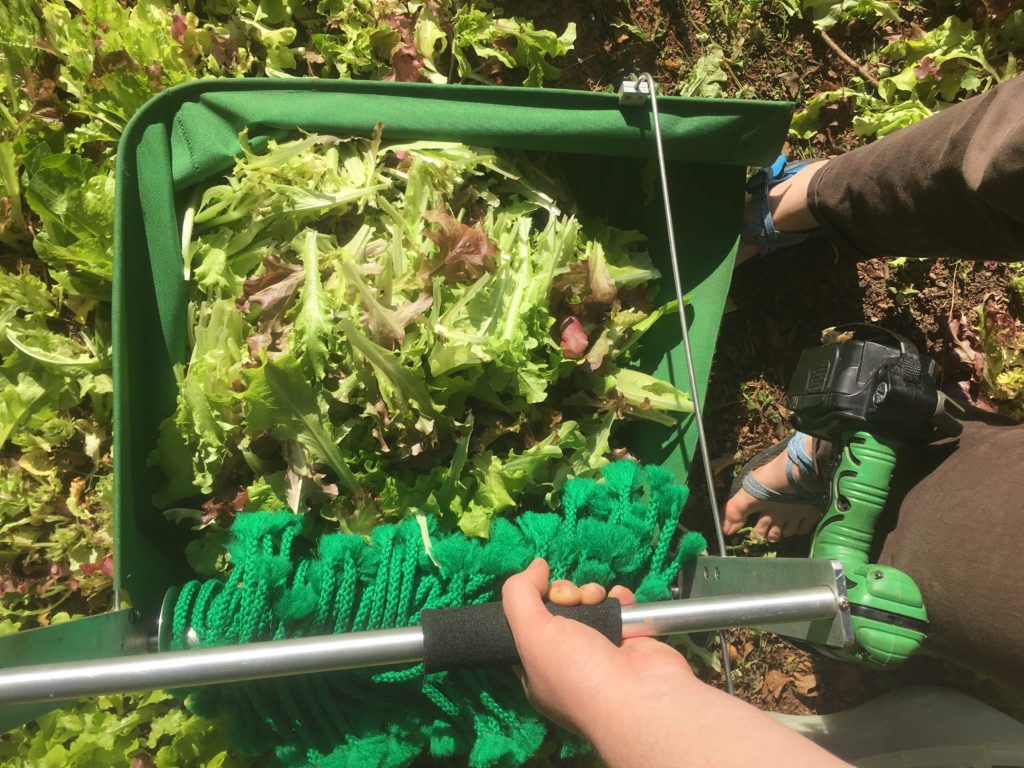
Apprentice Hannah harvesting salad greens
Romaine lettuce is high in minerals such as calcium, phosphorous, magnesium, and potassium. Plus you don’t have to worry about E. coli in our greens! We use Good Agricultural Practices to ensure all of our produce is safest and healthiest it can be.


